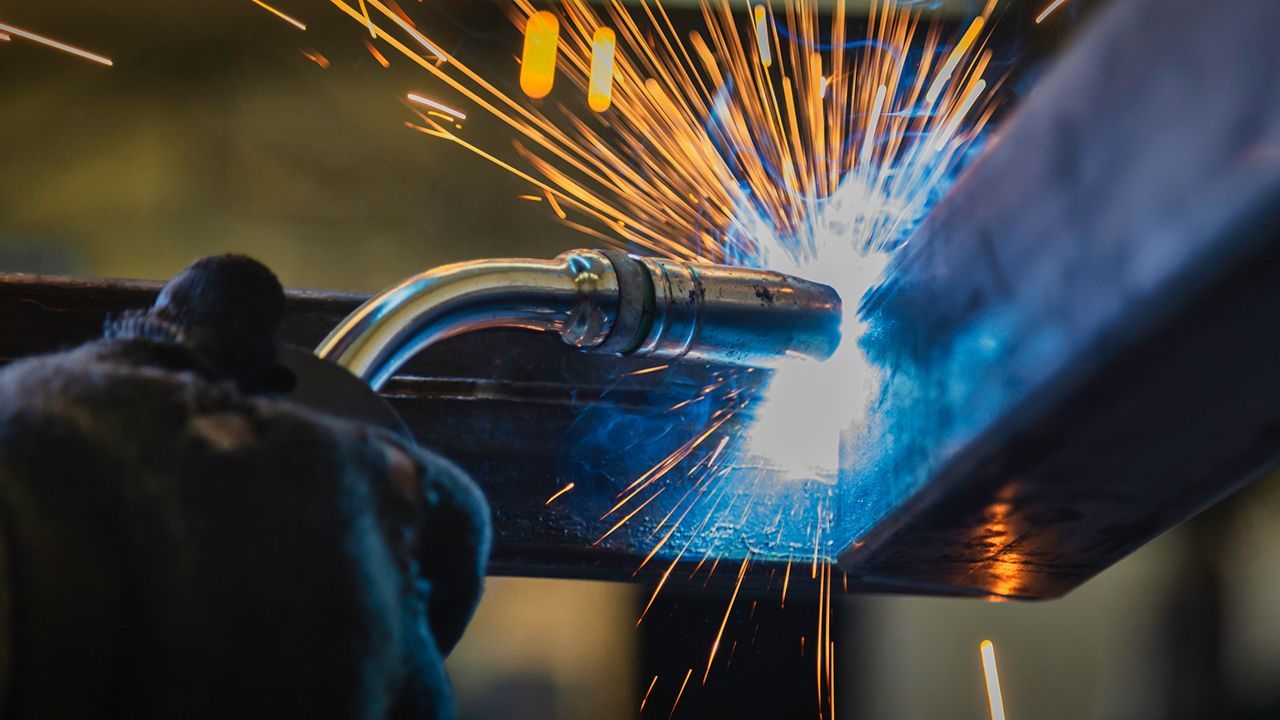Understanding Basics of Laser Technology – CO2 vs Fiber
Did you know the word “laser” is actually an acronym? Light Amplification by Stimulated Emission of Radiation describes the method by which everything from leveling tools to laser cutters use to produce their intense, highly directional, optical radiation.
When the first working laser was reported in 1960, it was described as, “a solution looking for a problem”. In 2024, we use lasers in almost every aspect of our lives from super market checkouts to vehicle safety/driving assists, and even phone and internet services.
When it comes to producing high quality metal parts to exacting specifications, laser is used to produce highly accurate, complex, and clean edged finished products. There are two types of lasers commonly used in the manufacturing industry, CO2 Lasers & Fiber Lasers. Let’s take a quick look at each!
Understanding CO2 Laser Cutting:
CO2 laser cutting has long been a staple in the industry, known for its versatility and reliability. These lasers utilize a gas mixture of carbon dioxide, nitrogen, and helium to generate a high-powered laser beam.
Exploring Fiber Laser Cutting:
Fiber laser cutting technology represents a newer and increasingly popular alternative to CO2 lasers. These lasers utilize fiber optics to amplify and deliver laser energy to the cutting head. They excel in high-volume production environments and have the benefit of being well-suited for cutting reflective metals.
Comparing Performance and Benefits:
- Speed and Efficiency: Fiber lasers typically offer faster cutting speeds and higher throughput compared to CO2 lasers, resulting in increased productivity and reduced production times.
- Precision and Accuracy: Both CO2 and fiber lasers are capable of achieving high levels of precision and accuracy, but fiber lasers have a slight edge in terms of beam quality and focus.
- Material Compatibility: While CO2 lasers are versatile and suitable for a wide range of materials, fiber lasers are particularly well-suited for cutting reflective materials. This is because energy needs to be absorbed by the metal in order to burn or “cut” away. Cutting reflective metals with a CO2 laser can lead to the beam being reflected back into the machine and causing damage.
Choosing the Right Solution:
When selecting between CO2 and fiber laser cutting for your metal fabrication needs, consider factors such as material thickness, production volume, desired cutting speed, and budget constraints. By understanding the unique capabilities and advantages of each technology, you can make informed decisions that optimize performance and drive success in your projects.
Contact JL Metals today for a solutions-based consultation and additional information on our products and services.




